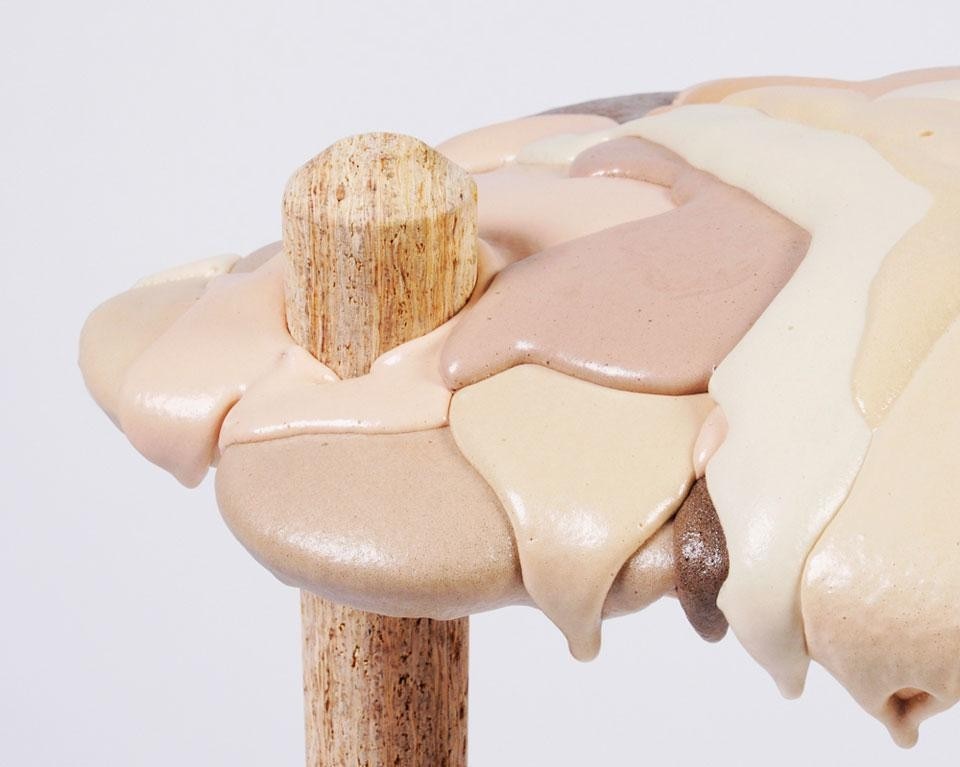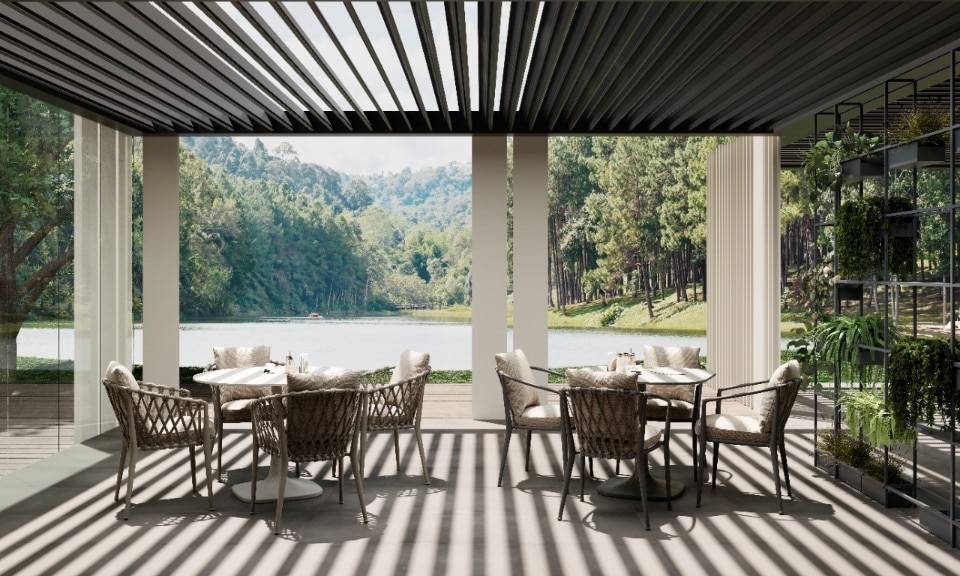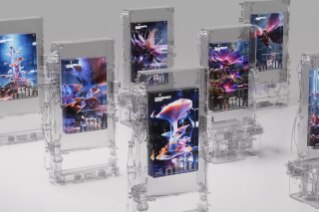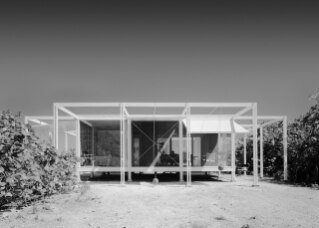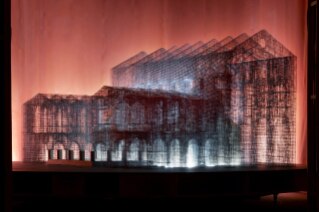"Design can be seen as the vehicle of the established aesthetics of our time," states the designer. "But it is a car stuck in the slow lane, constantly being overtaken by other media in popular culture. A state of indifference has turned the design industry into a gathering of narcissistic cowards, a club that also includes myself."
In a process where Granlund sought to design the way out of her own better judgment, the designer started an active search, "for a method/material where I was being forced to confront my own conclusions of aesthetics, where I needed to sacrifice my obsession of control in order to reach a better state of creativity." Granlund chose to work out of polyurethane, which she characterises as "a low class material with all lacks of any pretension or artificiality that would vainly over shine meaning and function," and also the most used material in furniture industry today.


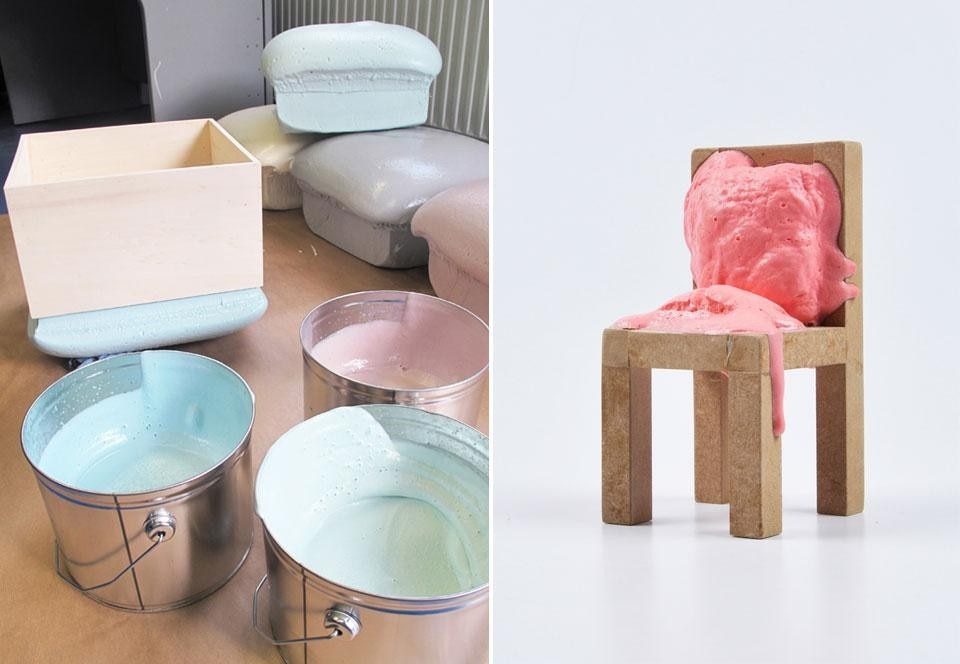
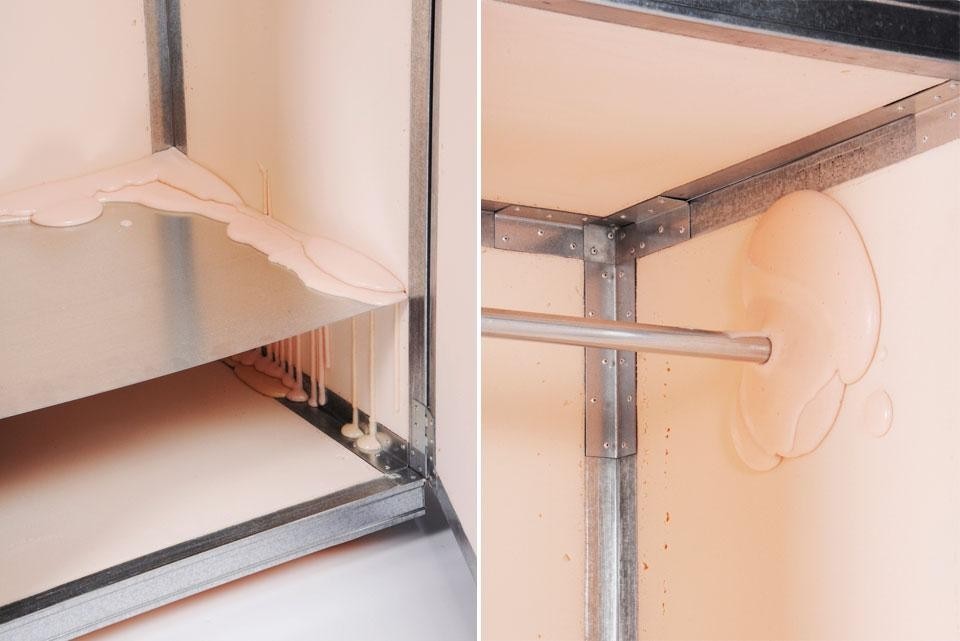
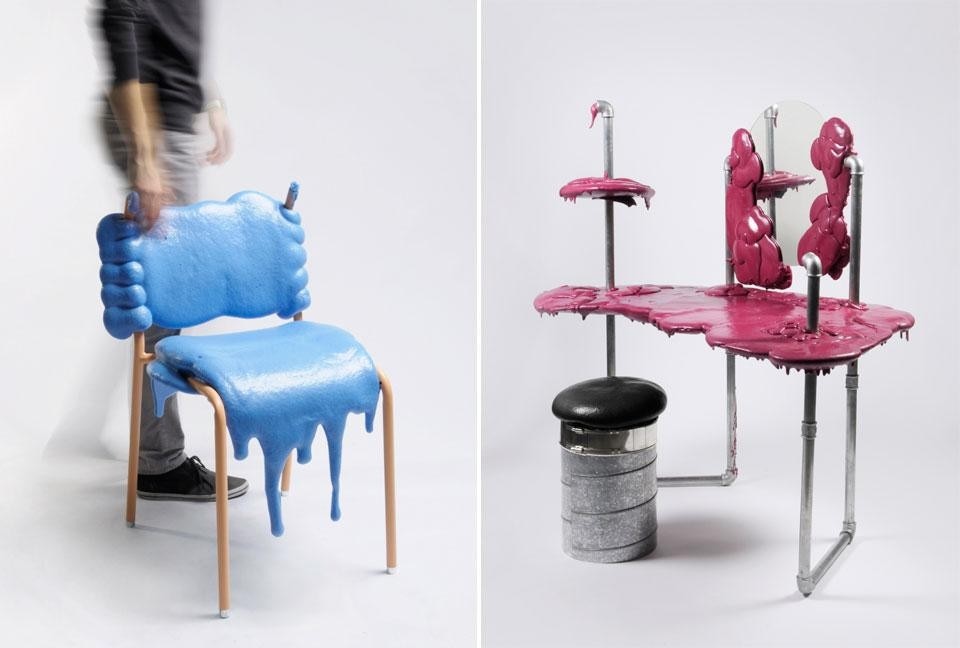
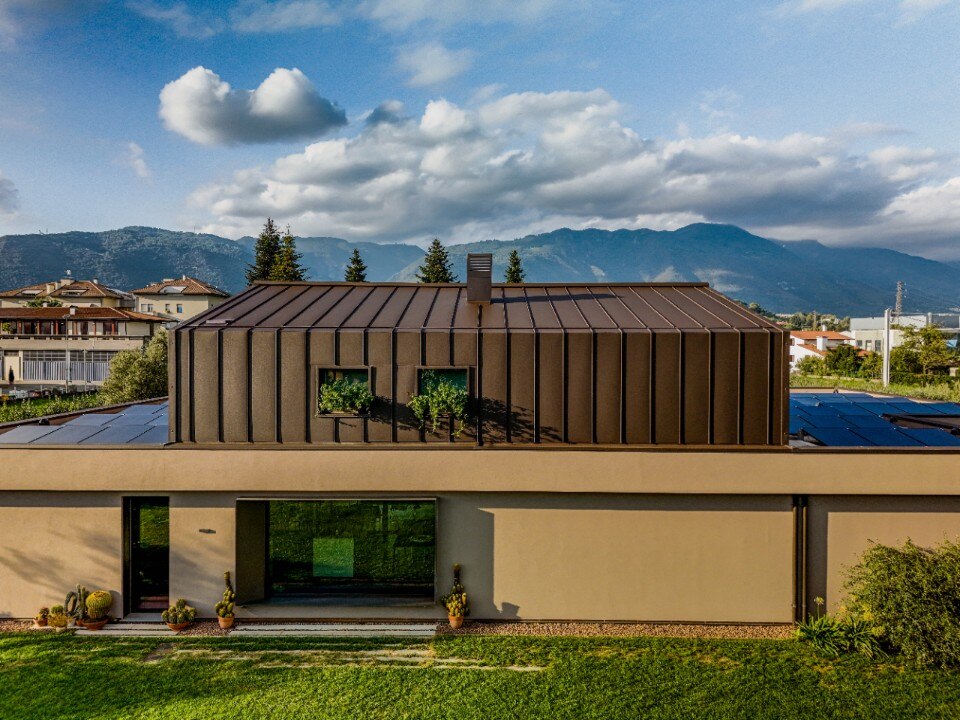
A house turns its back on the road to open up to the landscape
The single-family house project designed by Elena Gianesini engages in a dialogue with the Vicenza landscape, combining tranquility and contemporary style through essential geometries and the Mazzonetto metal roofing.


